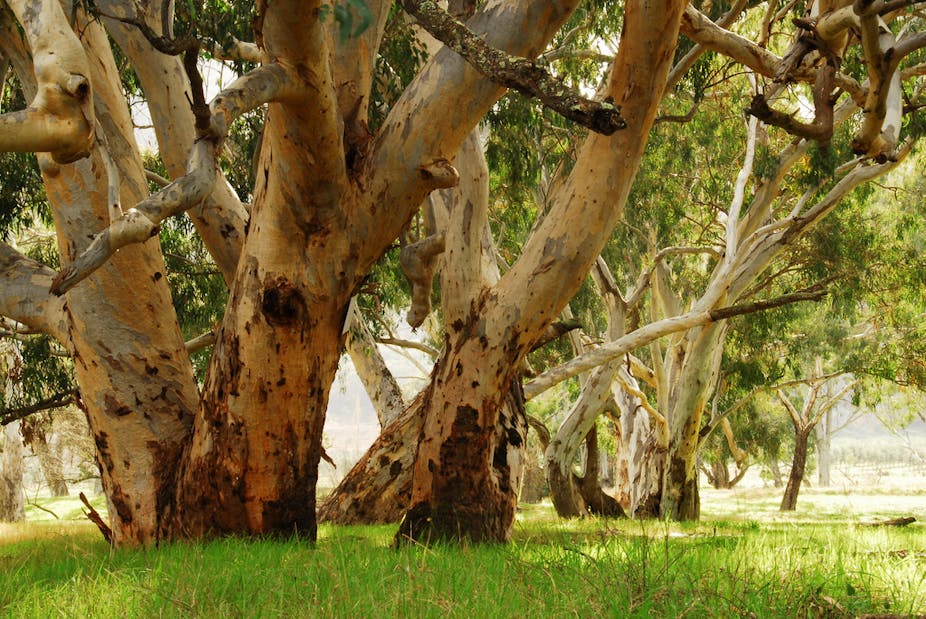The government must consider expanding the network of protected national parks and reserves in order to address a climate change-driven loss of biodiversity, argue the authors of a new report from the CSIRO.
In the first Australia-wide assessment of the size of the ecological impact that climate change could have on biodiversity, researchers from CSIRO’s Ecosystem Sciences division found vegetation across much of Australia will be stressed by ongoing climate change.
“As the climate changes, many areas will find ecological communities in conditions which are outside their comfort zone,” said Tom Harwood, spatial modeller programmer with CSIRO.
Many places will eventually look different, function differently and have different biodiversity, aesthetic and economic values, said CSIRO principal research scientist David Hilbert. “Our research gives some suggestions about how we can best adapt to these changes and conserve as much of our rich and unique flora and fauna by considering how best to manage change.”
In a report on the implications for policy arising out of the project, the CSIRO makes several recommendations, including reassessing biodiversity objectives, creating management strategies that can adapt to species loss, measures to improve the public’s knowledge of the impact of climate change on biodiversity, and expanding the network of protected areas to accommodate significant ecological changes.
The report calls for a rethink on national parks and reserves, said Philip Gibbons, senior research fellow in land management at ANU.
“We look at national parks as these static entities that preserve distinct pockets of biodiversity, but that’s not the case according to this report,” Dr Gibbons said.
He said it was challenging and sad that we now had to think of the reserve system not as a place to preserve wildlife, but rather to facilitate change.
“We don’t know if (national parks) will become redundant but we may have to consider triage. It may be that with a new climatic regime some national parks won’t perform the same function and would be better replaced by a national park somewhere else.”
John Buckeridge, professor of natural resources engineering at RMIT, said the report is complex, timely and ambitious.
“Although it would have been useful to stress that it is not just climate, but other activities of humans that are placing biodiversity in danger,” Professor Buckeridge said.
“They do mention land use, but they could also have mentioned pollution as pollutants reduce the ability of organisms to adapt to change.”
Dr Gibbons said the issues raised in the report are inconsistent with the current government attitude towards more intensively used landscapes.
“The National Food Plan suggests the world needs 77% more food by 2050. Australia sees itself as having a natural advantage in this area. We’re going to see intensification of agricultural landscapes.
"When you’ve got landscapes managed intensively then that presents a double whammy for biodiversity.”

